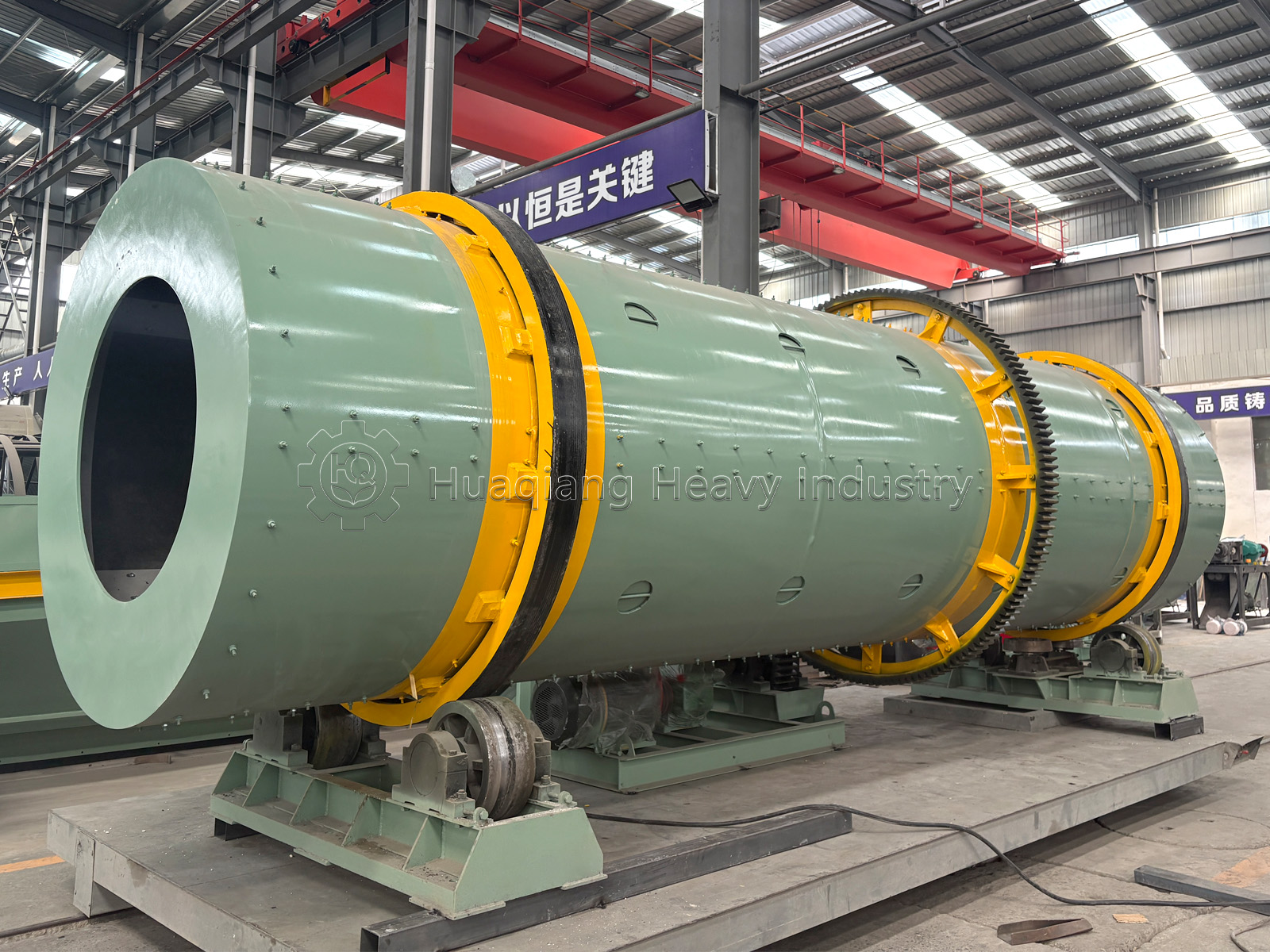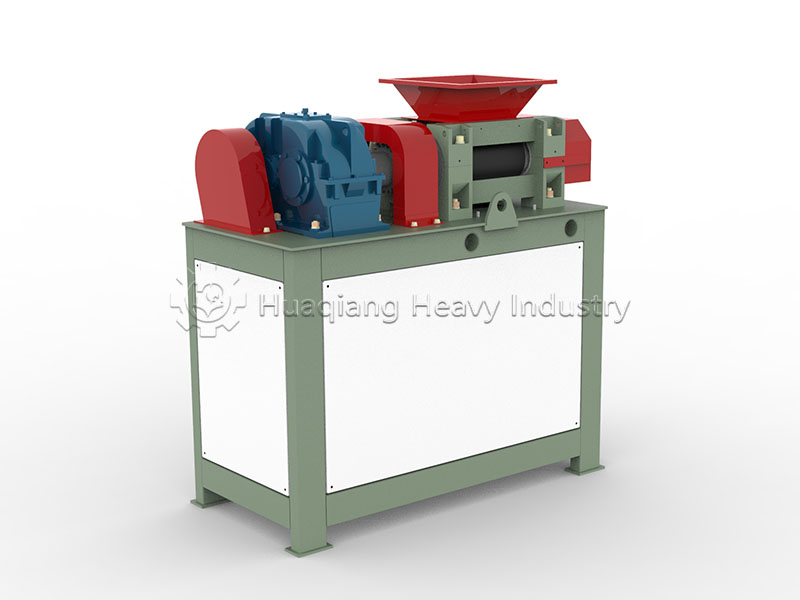
No One-Size-Fits-All Solution
In fertilizer granulation processes, there is no universally “best” granulation method. Selecting the most suitable solution requires comprehensive consideration of multiple factors including raw material characteristics, product requirements, production scale, and cost budget. Different fertilizer production machines each have their unique advantages and applicable scenarios, and wise choices come from deep understanding of various technologies.
Comparison of Mainstream Granulation Technologies
Rotary drum granulation dominates large-scale NPK fertilizer production with its high capacity and stable particle quality. This type of fertilizer production machine is particularly suitable for producing balanced fertilizers like 20-20-20 formulations, ensuring particle uniformity and nutrient distribution consistency. However, this method is relatively sensitive to raw material moisture and has higher energy consumption.
Disc granulation, with its simple structure and low investment cost, is widely popular in small and medium-sized fertilizer plants. This NPK fertilizer granulator offers flexible operation and excellent particle roundness, making it particularly suitable for products with small batch sizes or frequent formulation adjustments. For companies new to the industry, this represents a relatively safe choice.
Special Considerations for Organic Fertilizer Production
In the organic fertilizer production sector, the choice of organic fertilizer granulator is more diverse. Extrusion granulation has become the preferred method for organic fertilizer production as it requires no binder addition and produces high-strength granules. This method effectively handles viscous raw materials and produces high-quality granules that meet organic agriculture standards..jpg)

Decisive Factors in Technology Selection
Raw material characteristics are the primary consideration when choosing fertilizer granulation processes. Powdered materials suit rotary drum or disc granulation, while slurries or viscous materials are more suitable for extrusion granulation. Production capacity requirements are equally crucial – large fertilizer plants with annual outputs exceeding 10,000 tons should prioritize rotary drum granulation, while small and medium-sized enterprises with thousand-ton capacity can choose disc or extrusion granulation.
Specific product requirements cannot be ignored. If producing fast-dissolving water-soluble fertilizers, spray granulation technology might be more appropriate; while for organic fertilizer production requiring high-strength granules, extrusion granulation technology should be selected. In fertilizer granulation processes, these technical decisions directly affect the final product’s market competitiveness and user satisfaction.
Comprehensive Evaluation of Return on Investment
Cost budget plays an important role in technology selection. Enterprises with limited initial investment can consider disc or extrusion granulation equipment, as these fertilizer production machines are relatively affordable. For large enterprises pursuing long-term scale benefits, while rotary drum granulation equipment requires larger upfront investment, it offers advantages in long-term operating costs..jpg)

Recommended Typical Application Scenarios
For large-scale NPK fertilizer production, rotary drum granulation provides the best balance in terms of capacity, stability, and particle quality. Small and medium-sized organic fertilizer plants are better suited for disc granulation, whose cost advantages and operational flexibility better meet the needs of such enterprises. High-end products like water-soluble fertilizers can consider spray granulation technology – although equipment investment is larger, product added value is higher.
Conclusion
Selecting optimal granulation technology requires strategic decision-making that aligns with specific production requirements. For NPK fertilizer production technology, operators must evaluate multiple approaches including drum granulation using rotary drum granulator systems, disc granulator applications, and fertilizer granules compaction through roller press granulator production line solutions. The complete NPK production line integration depends on understanding distinct process advantages – whether implementing drum granulator systems for high-volume output or specialized fertilizer compaction machine configurations for concentrated formulations. By holistically analyzing the NPK manufacturing process requirements against equipment capabilities, producers can develop competitive advantages through optimized operational efficiency, product quality, and cost-effectiveness in dynamic market conditions.